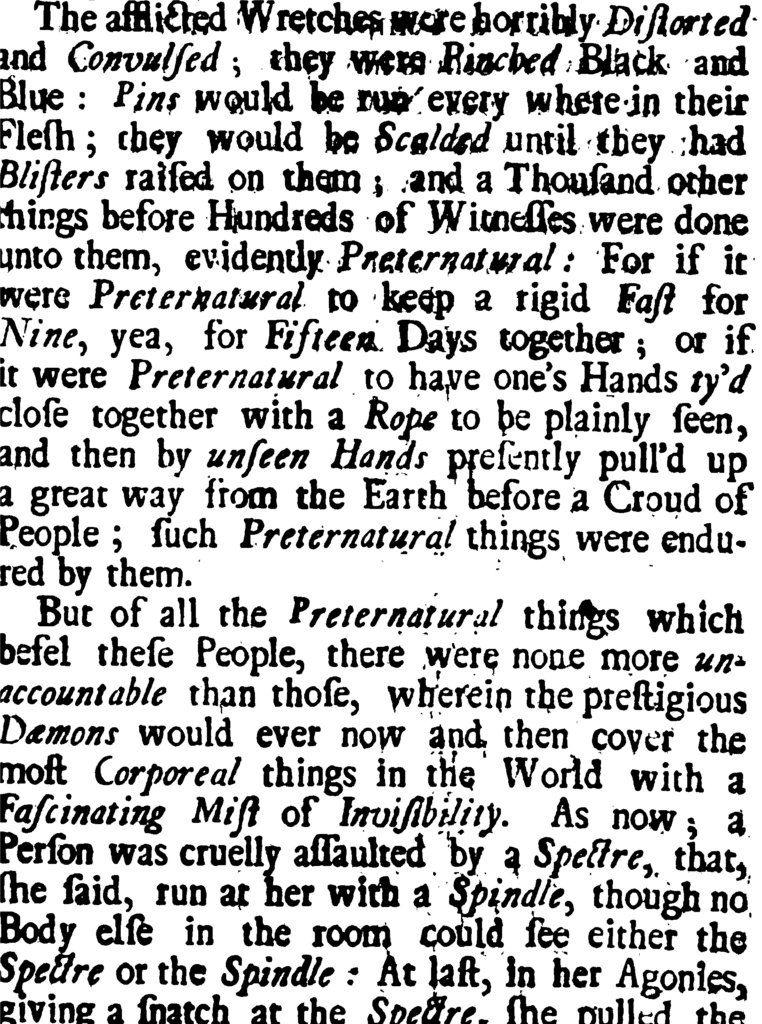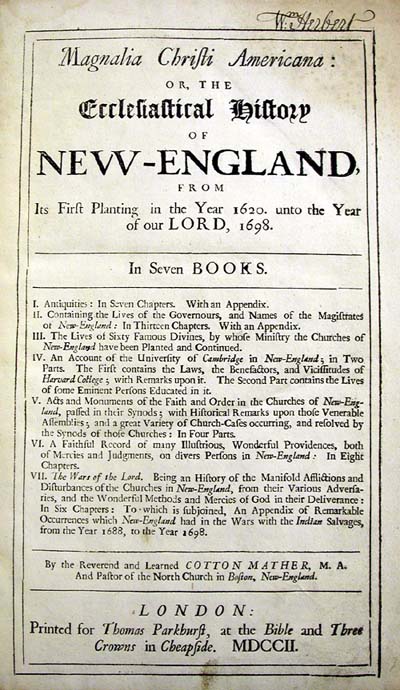I’ve had a chapter published in a new volume on Magic, Witchcraft and Ghosts in the Enlightenment out earlier this year from Routledge. There are some fascinating essays here worth checking out.
Here’s an abstract of my chapter, “Invisible Worlds: Magic Spirits and Experience in the Early Enlightenment” and a link to read the first few pages.
At the turn of the eighteenth century, apparitions could be explained in many ways: as spirits sent out by witches, as demons summoned by magicians, as ghosts of the dead, or as an illusion or a symptom of affliction. While prescriptive literature instructed readers in how they should understand these phenomena, in practice people could use their own senses to resolve uncertainties in interpretation. One such case is John Beaumont (c.1640–1731), a member of the Royal Society who struggled to explain his visual and auditory encounters with spirits. He published his theories about the nature of spirits and described his personal experiences in brief but vivid detail. Although he demonstrated familiarity with occult texts, he was careful to note that he never summoned the spirits by magical means but rather was surprised each time they appeared to him unsolicited. Beaumont’s writings provide a rare opportunity to examine how a natural philosopher interpreted his own experiences with the preternatural during the early Enlightenment, when competing explanations provided ambiguity rather than clarity about the invisible world.



